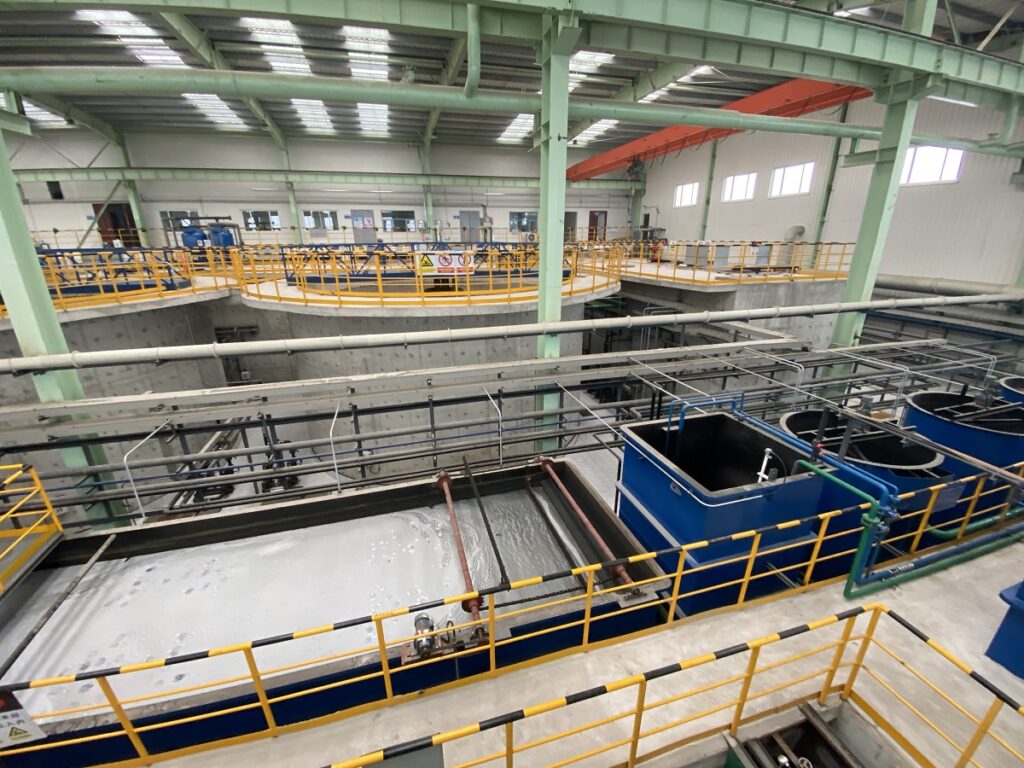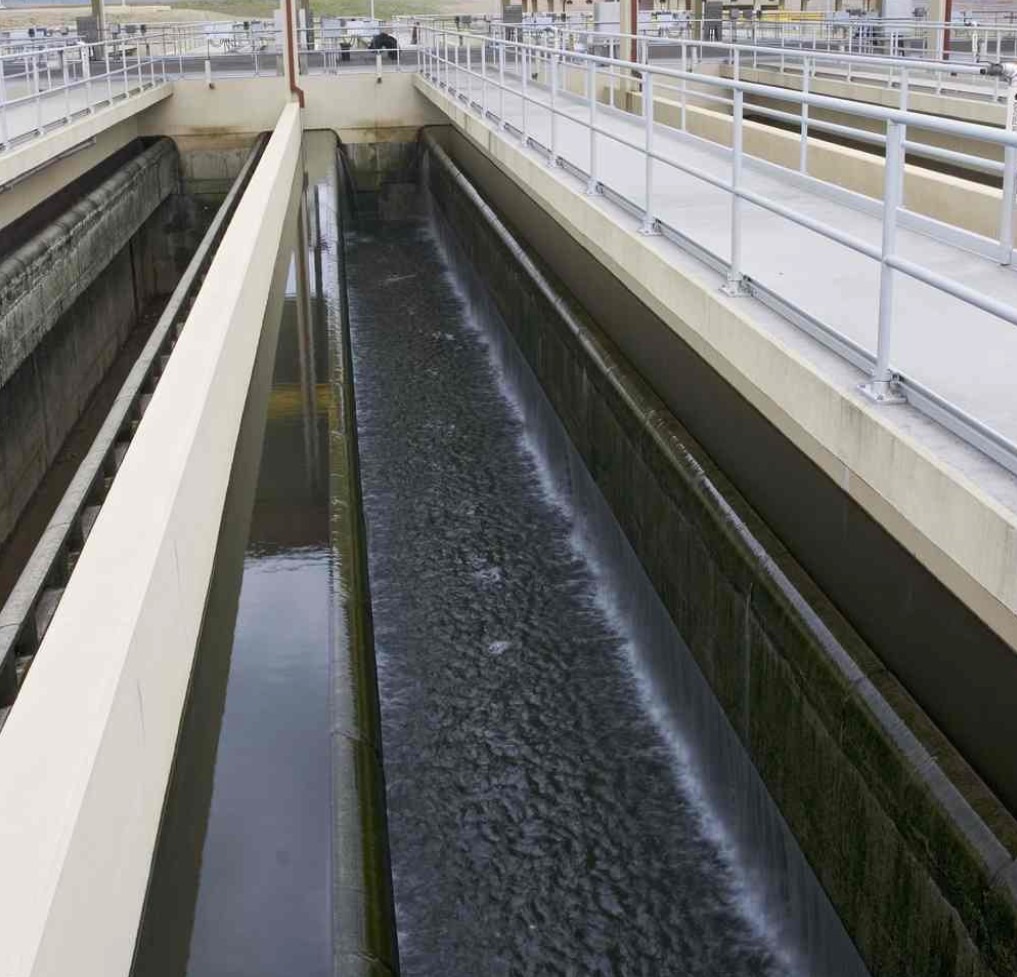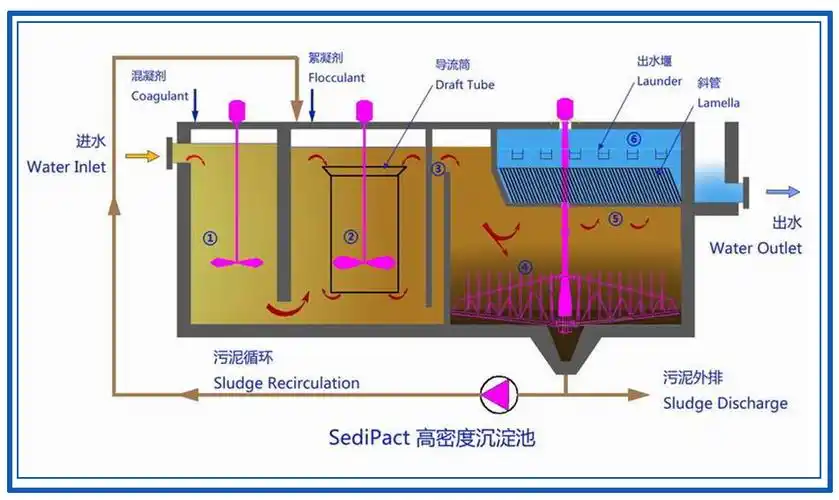Wastewater treatment plants
In cities, it is also called a sewage treatment plant or sewage plant. A treatment station is often located in a factory. When the effluent is placed in the city drainage pipe, the treatment station is actually a pre-treatment facility. A wastewater treatment plant is a complex system composed of multiple unit processes. The cost and efficiency of each unit process are interconnected and affect each other, and ultimately determine the cost and efficiency of the entire system.
Wastewater treatment sites
Also called in the cityWastewater treatment plantsOr sewage treatment plant. The treatment station located in the factory is often called a treatment station. When the effluent is placed in the urban drainage pipe, the treatment station is actually a pre-treatment facility. The general goal of wastewater treatment is to remove suspended matter and improve oxygen consumption (i.e. stabilize organic matter), and sometimes disinfection and further treatment are also performed. The treatment of industrial wastewater focuses on the removal or transformation of oil, suspended matter, heavy metals, and organic matter that hinders the operation of urban sewage treatment plants or has high residual, as well as the adjustment of pH value.
Processes and facilities
The process of urban sewage treatment plants is determined according to the required treatment degree and economic analysis. It is usually divided into three levels: ① Primary treatment.precipitationMethod, suspended solids and five daysBiochemical oxygen demandThe removal rates of suspended solids and biochemical oxygen demand in five days can generally reach about 90% and 30% respectively. ② Secondary treatment. Using biological water treatment methods, the removal rates of suspended solids and biochemical oxygen demand in five days can generally reach about 90%. When using high-load rate activated sludge method, the removal rate of biochemical oxygen demand in five days is about 60%. ③ Tertiary treatment. Further remove the substances not treated by secondary treatment.
The main treatment structure of the primary sewage treatment plant isSedimentation tankSecondary sewage treatment plant with biological device (Aeration tank, biological filter, biological rotary disc or aerated biological filter, etc.) and post-sedimentation tank. Because there are sedimentation tanks before and after and their functions are different, the former is often calledPrimary sedimentation tank, the latter is a secondary sedimentation tank. There are also auxiliary facilities and facilities for treating sedimentation tank sludge. Auxiliary facilities are generally screens and grit chambers (also called particle chambers). Screens remove lumps and cloth pieces, etc. Grit chambers remove easily precipitated objects to prevent accumulation in subsequent deep tanks and affect operation. Facilities for treating sludge are generally digestion tanks and dewatering equipment (drying beds or dewatering machines). Wastewater treatment plant buildings usually include pump rooms, laboratories, sludge dewatering machine rooms, repair factories, etc.Activated sludge processSewage treatment plants often have blowers or air compressor rooms. In order to control operation, economic dispatch and improve management level, sewage treatment plants began to use automation devices and electronic computer control, including: ① telecommunication, telemetry, recording and alarm of operating parameters such as water quality, water volume and power supply voltage; ② automatic control and remote control of valve opening and closing and water pump unit dispatch; ③ tertiary treatment. The effluent quality of secondary treatment sometimes cannot meet the discharge requirements, so further treatment (or deep treatment) is required.Biological treatmentThe effluent is usually rich in ammonia, nitrogen, nitrate and phosphate. When it is discharged into a gurgling water body (such as a lake or bay), the water body often becomes eutrophic. At this time, nitrogen and phosphorus removal facilities are often added. When the effluent is discharged into a water body with extremely high water quality requirements or irrigated into a lawn, a court or a recreational green space, and the water quality needs to be improved comprehensively, a double-layer filter bed filter is often added. There are also biological ponds and land treatment.






